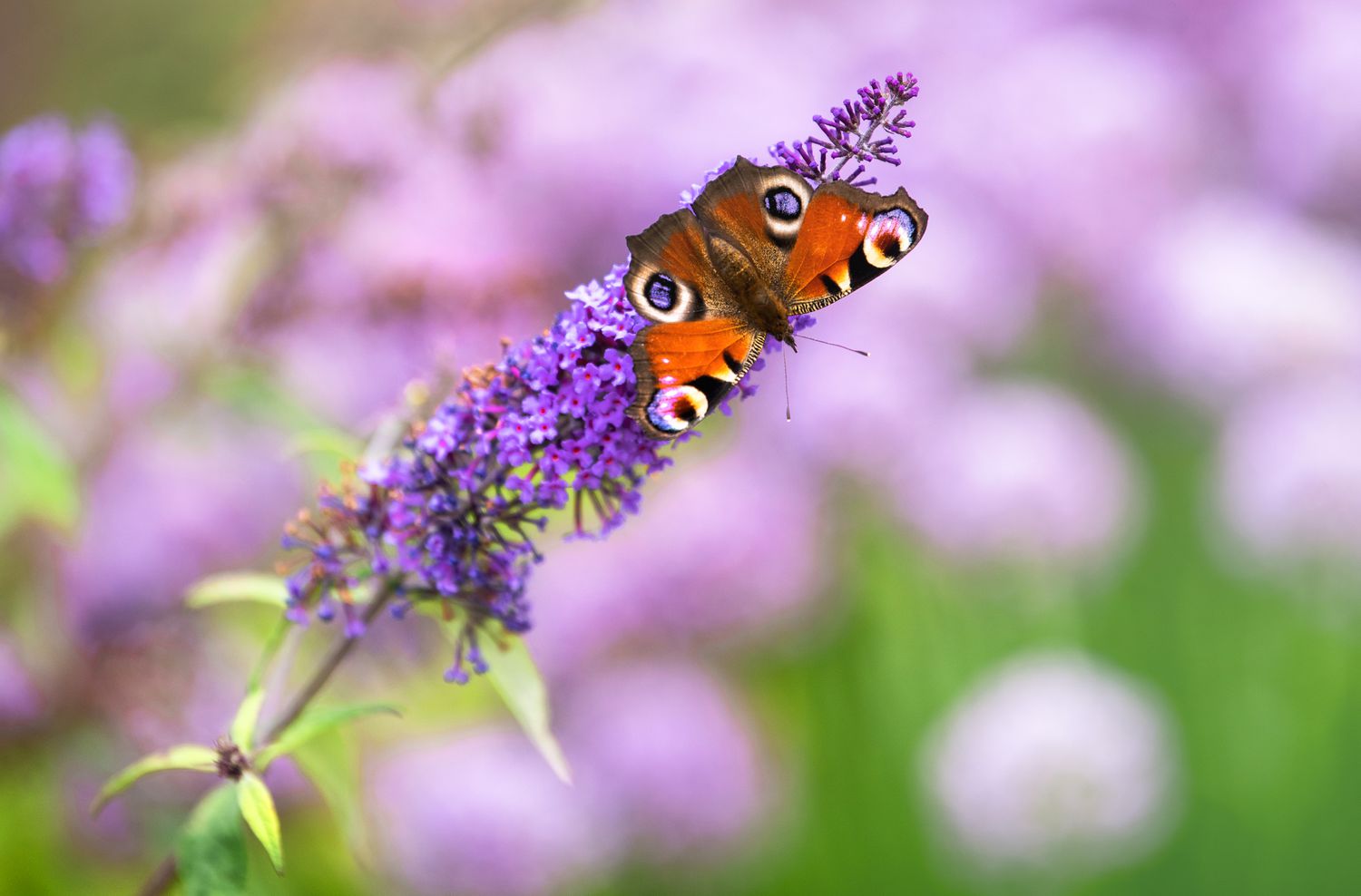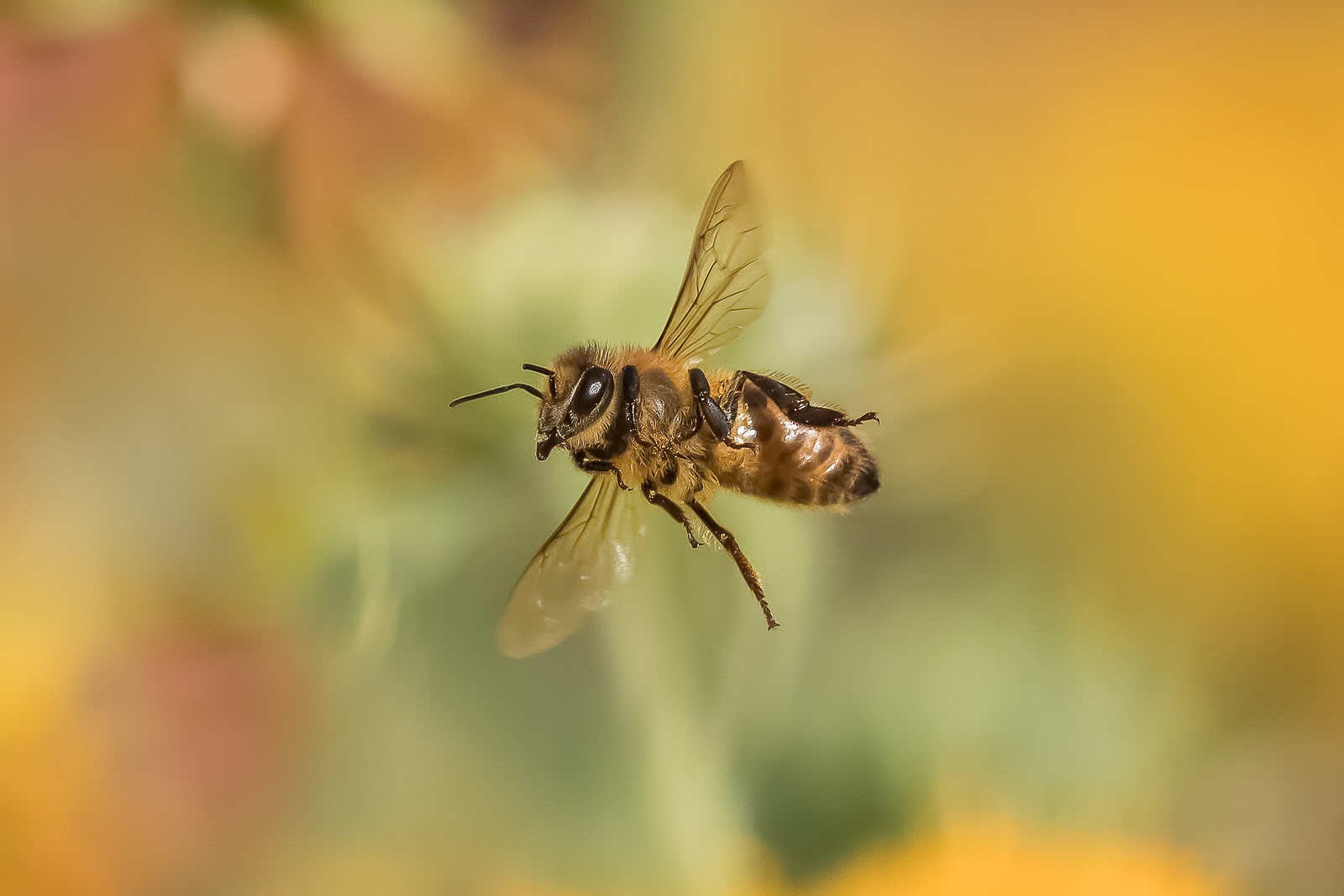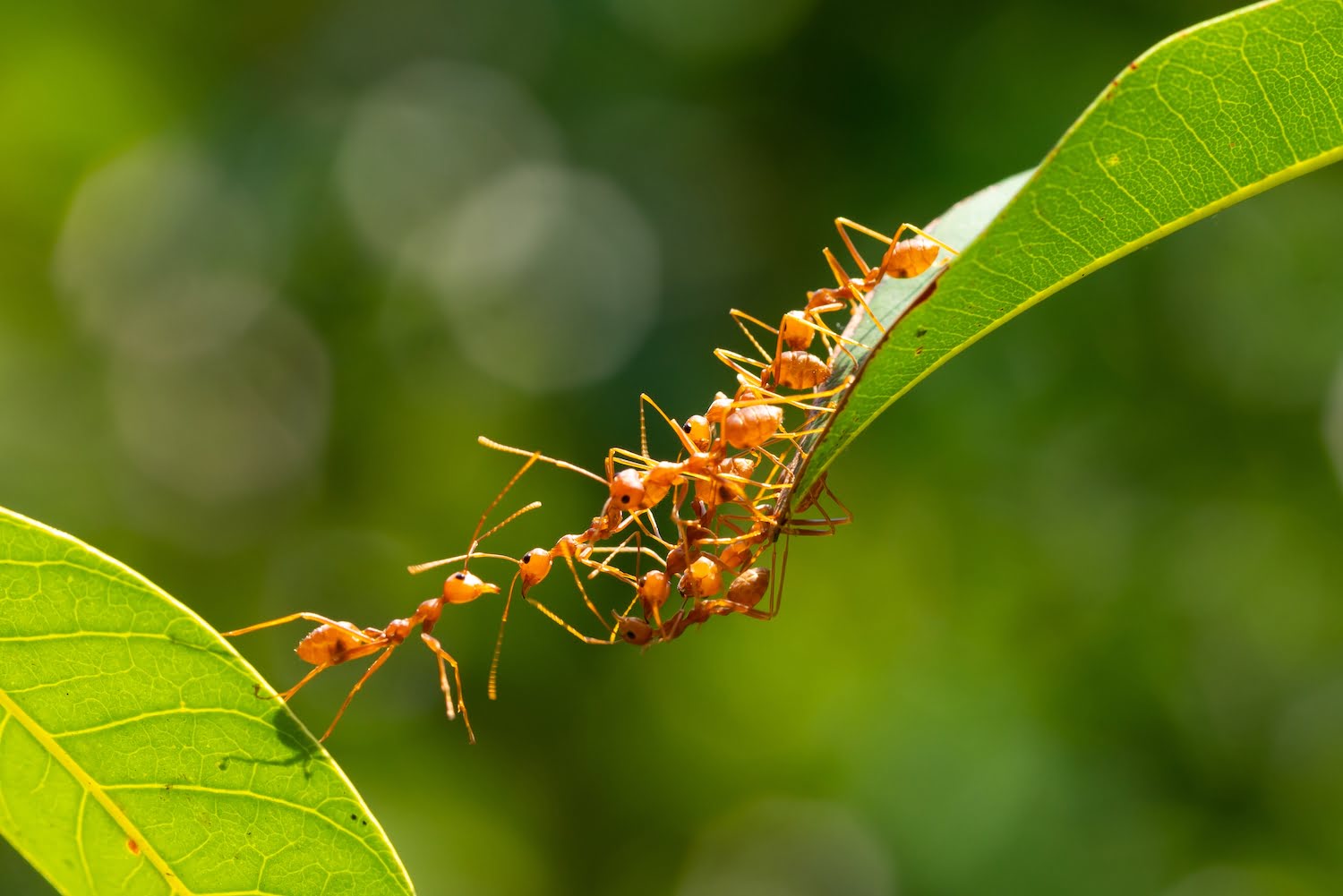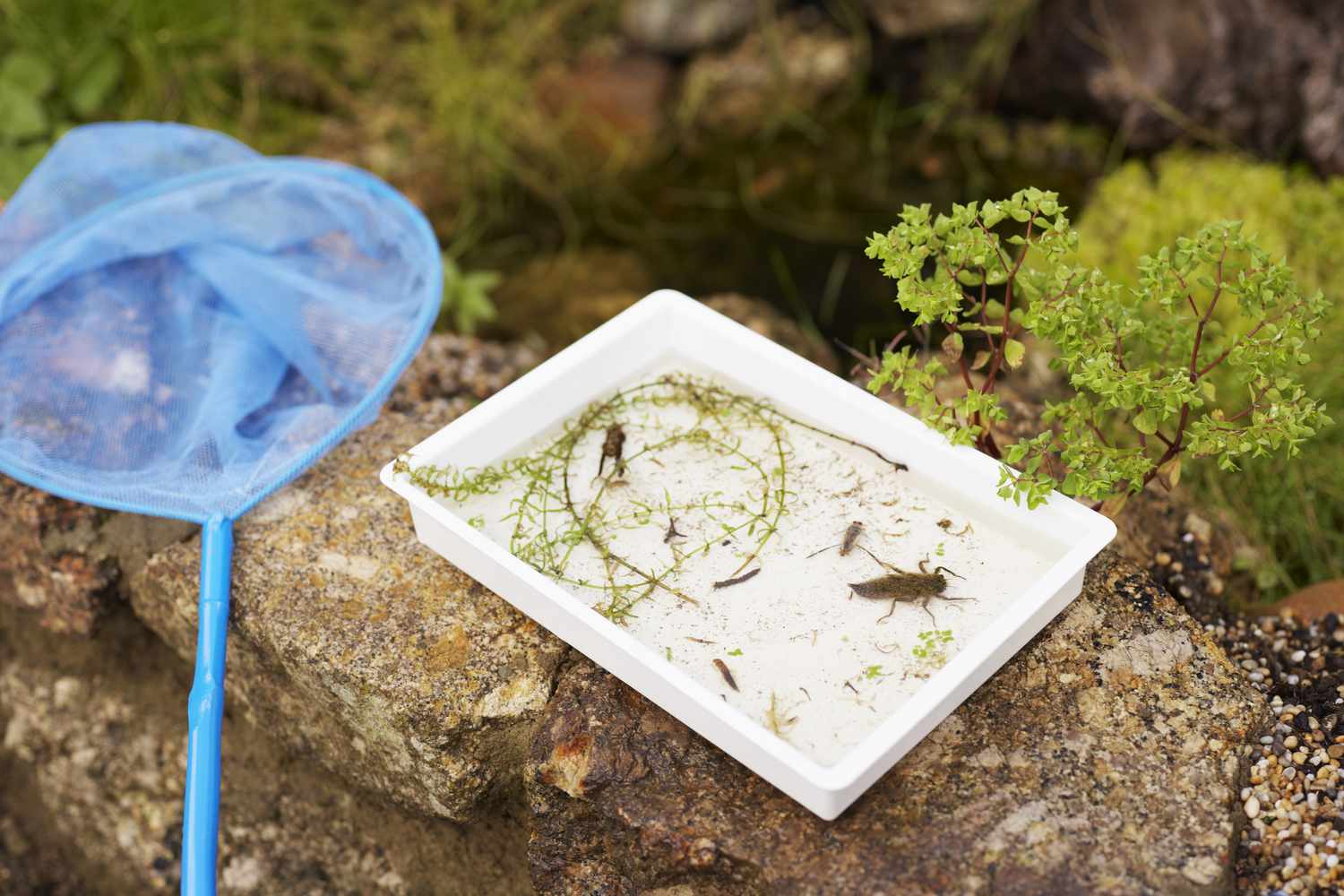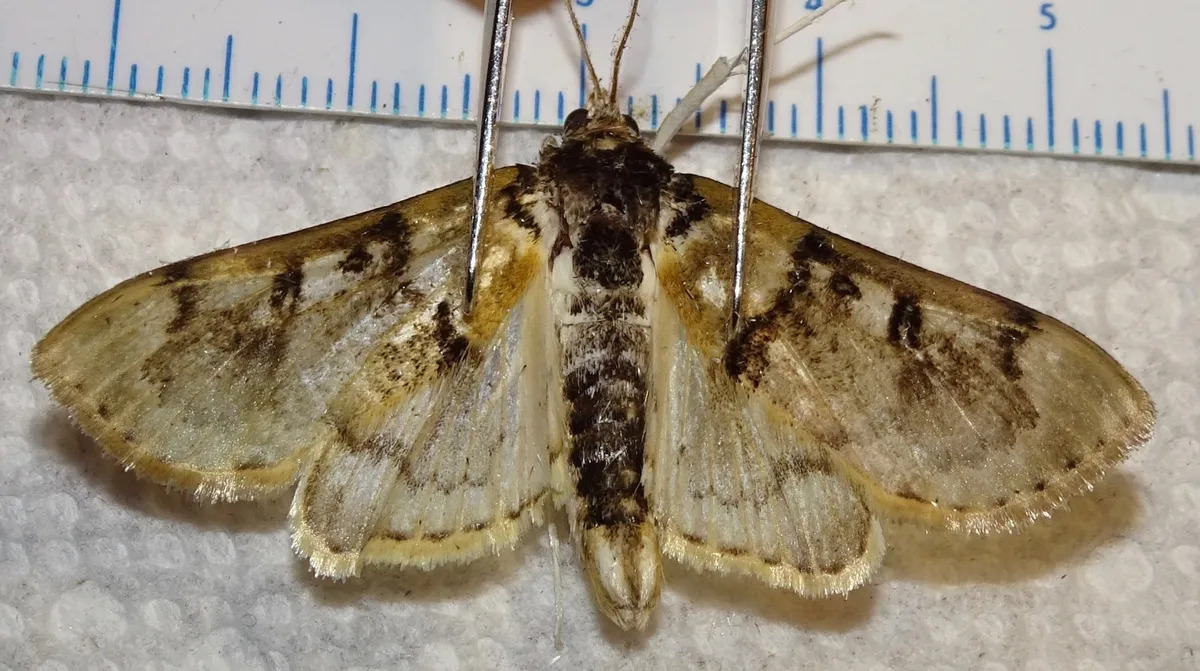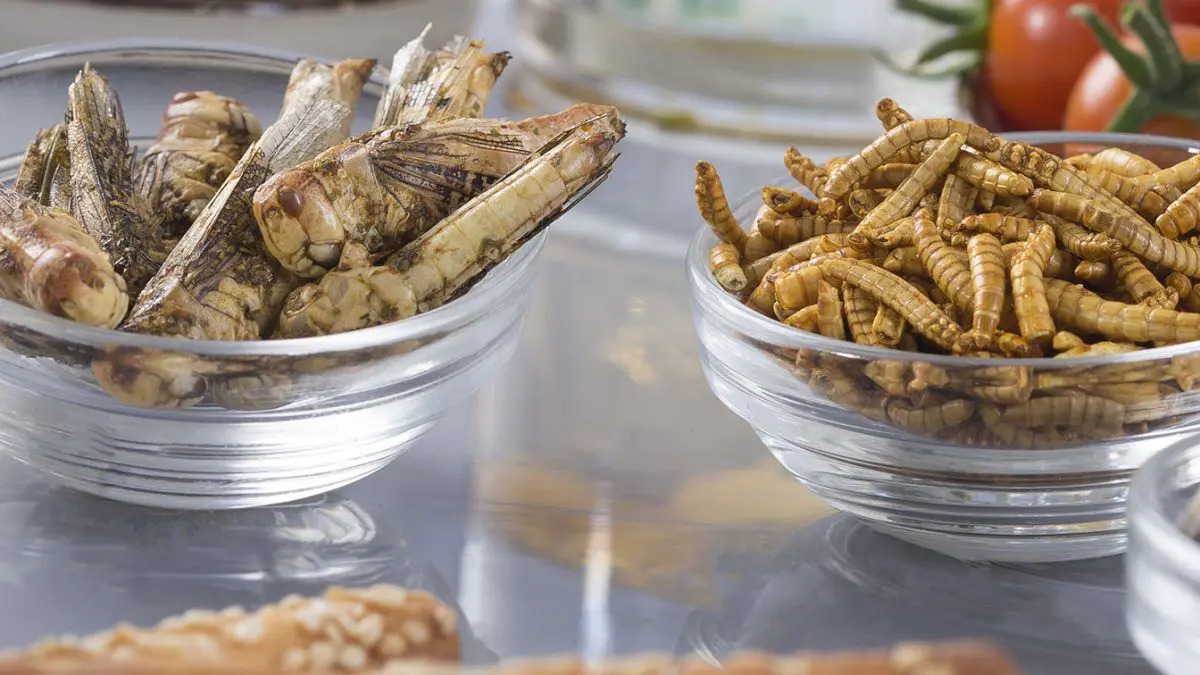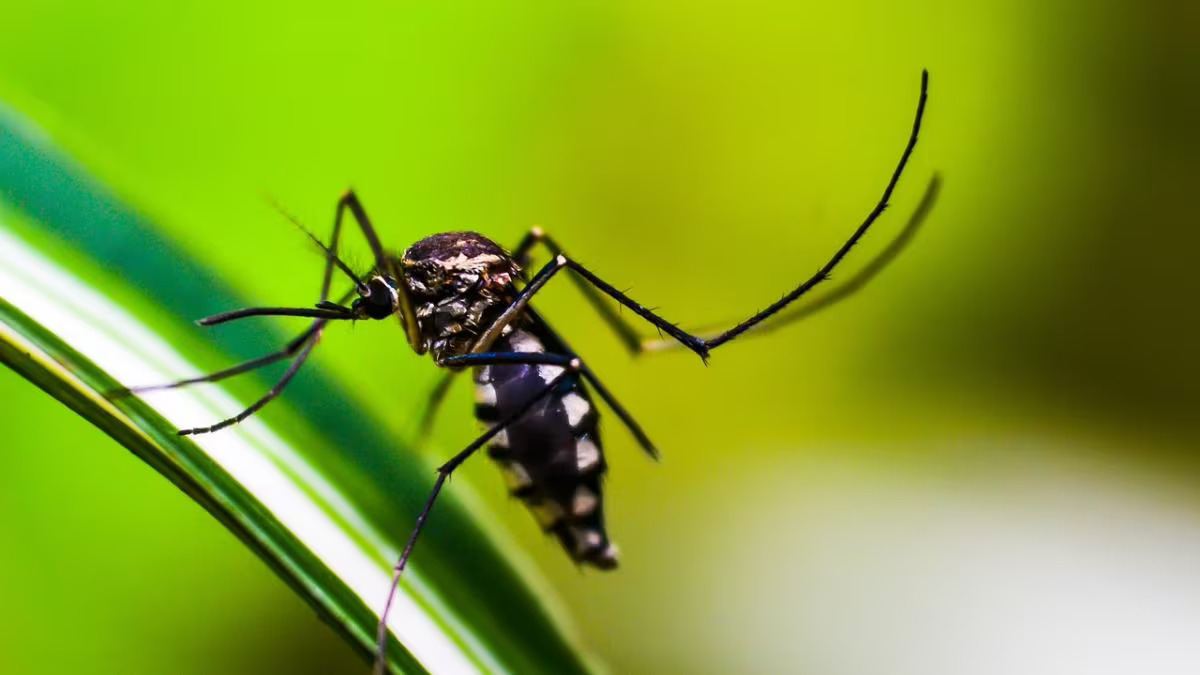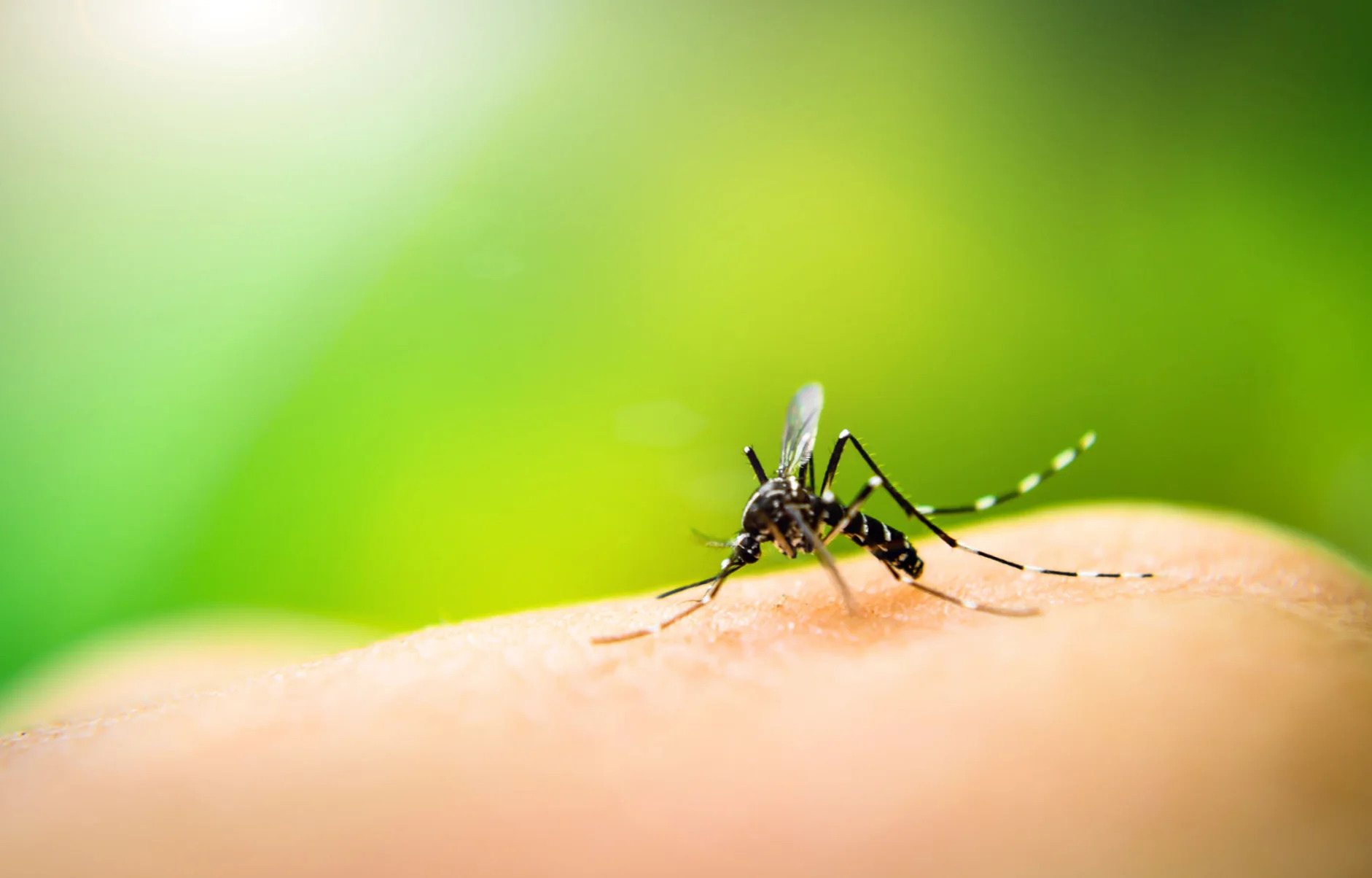Home>Gardening News and Trends>Latest News>How To Attract Insects
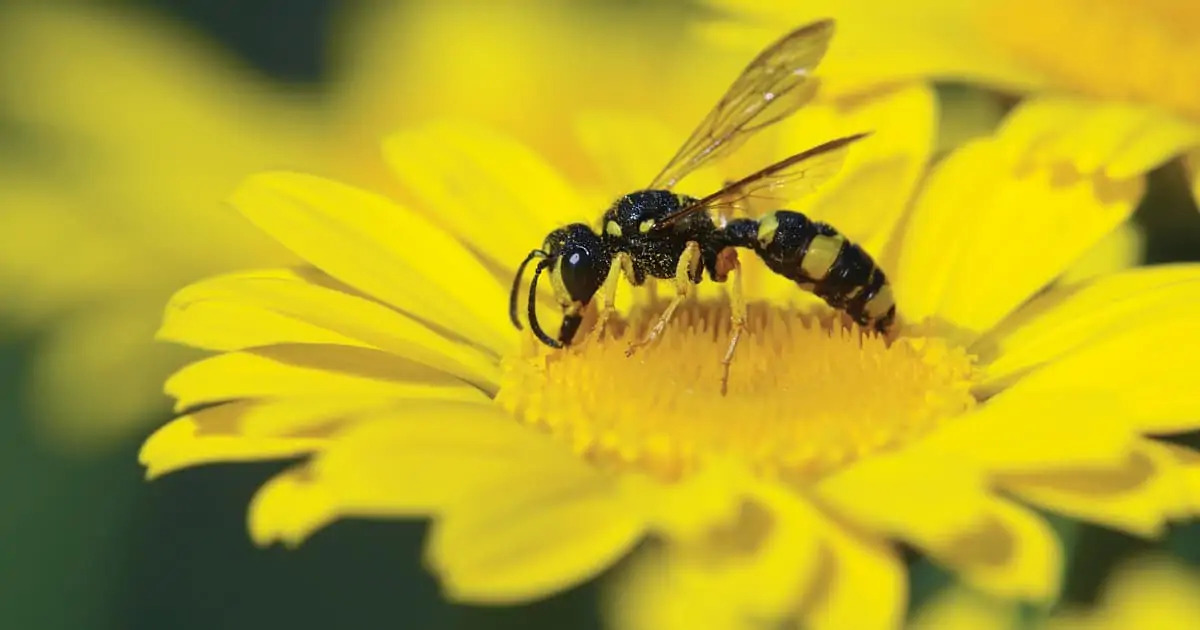

Latest News
How To Attract Insects
Modified: January 22, 2024
Learn the Latest News on How to Attract Insects and Enhance Your Garden: Discover effective techniques and useful tips for attracting beneficial insects to your garden.
(Many of the links in this article redirect to a specific reviewed product. Your purchase of these products through affiliate links helps to generate commission for Chicagolandgardening.com, at no extra cost. Learn more)
Table of Contents
- Introduction
- Understanding Insect Attraction Factors
- Creating a Suitable Habitat for Insects
- Choosing the Right Plants to Attract Insects
- Incorporating Water Sources in Your Garden
- Providing Shelter and Nesting Sites
- Using Pheromones and Scented Lures
- Minimizing the Use of Pesticides
- Maintaining a Sustainable Garden Ecosystem
- Conclusion
Introduction
Welcome to the fascinating world of insect attraction! Whether you’re a nature enthusiast or an avid gardener, understanding how to attract insects to your outdoor space can bring numerous benefits. Insects play a vital role in our ecosystem by pollinating plants, controlling pests, and serving as a food source for other creatures. Plus, they add beauty and intrigue to any garden or green space.
Creating a haven for insects in your garden not only supports biodiversity but also enhances the overall health and balance of your natural surroundings. By providing a suitable habitat, food sources, and shelter, you can encourage a diverse range of insects to visit and perhaps even take up residence in your garden.
In this article, we will explore various methods and strategies to attract insects to your outdoor space. From selecting the right plants to incorporating water sources and utilizing scented lures, we will cover everything you need to know to create an insect-friendly environment. So, let’s dive in and learn how to make your garden a buzzing hotspot for these fascinating creatures!
Understanding Insect Attraction Factors
Before diving into the specifics of attracting insects, it’s essential to understand the factors that influence their behavior and preferences. By gaining insight into these factors, you can optimize your efforts to create an inviting environment for various insect species.
One crucial aspect to consider is the type of insect you want to attract. Different insects have varying preferences when it comes to habitat, food sources, and nesting sites. For example, butterflies are attracted to nectar-rich flowers, while bees are drawn to a combination of nectar and pollen-producing plants. Research the specific insect species you’re interested in and tailor your garden accordingly.
Another factor to consider is the availability of food sources throughout the year. Insects require a constant supply of food, so it’s important to incorporate a variety of flowering plants that bloom at different times. This ensures a continuous source of nectar, pollen, and other food sources for your insect visitors.
In addition to food, water is an essential element for attracting insects. Providing a water source, such as a shallow birdbath or a small pond, can attract a wide range of insects that need water for drinking or reproducing. Be sure to keep the water clean and change it regularly to prevent bacterial growth.
Furthermore, insects are attracted to sheltered areas where they can rest, seek refuge from predators, and lay their eggs. Incorporating a variety of plants with different heights and structures creates an ideal habitat. For example, tall grasses, shrubs, and trees provide shelter from wind and sun while also serving as nesting sites.
Understanding the role of scent in insect attraction is also crucial. Insects, such as beetles and flies, are often attracted to rotting or decaying matter. Incorporating compost piles or leaving leaf litter can attract these decomposition-loving species. On the other hand, certain insects, like bees and butterflies, are attracted to the sweet scent emitted by flowers. Choosing plants with fragrant blooms can help attract these pollinators.
By comprehending the factors that influence insect attraction, you can create a garden that caters to the specific needs and preferences of various insects. In the following sections, we will explore different strategies to help you optimize your garden to attract a wide range of fascinating insect species.
Creating a Suitable Habitat for Insects
To attract insects to your garden, it’s essential to provide a suitable habitat that meets their basic needs. A well-designed habitat will offer food sources, shelter, and breeding grounds, making it an attractive environment for a variety of insect species.
One key aspect of creating a habitat for insects is to have a diverse range of plant life. Different insects have specific preferences for the types of plants they feed on or use for reproduction. Including a variety of flowering plants, herbs, and grasses will attract a wide array of insect species.
It’s important to choose native plants as they are more likely to support local insect populations. These plants have co-evolved with local insect species and provide the necessary food and shelter resources. Research which native plants are suitable for your area and incorporate them into your garden.
In addition to plant diversity, allow some areas of your garden to remain wild and undisturbed. These areas can serve as crucial habitat for insects, providing them with a safe place to nest, hibernate, and lay eggs. Fallen leaves, fallen logs, and brush piles create the perfect environment for beetles, spiders, and other beneficial insects.
Another way to create a suitable habitat is to provide specific structures that mimic natural elements. For example, installing a bee house or nesting boxes can attract solitary bees and insects that require cavities for breeding. These structures offer shelter and protection, encouraging these beneficial insects to thrive in your garden.
Furthermore, consider incorporating a diverse range of microhabitats within your garden. This can include mossy areas, rock piles, and small water features that provide unique niches for insects to inhabit. These microhabitats create additional opportunities for insects to find suitable places to live and reproduce.
Remember to maintain your garden organically and avoid the use of pesticides. Chemical pesticides can be detrimental to insect populations and disrupt the delicate balance of your garden ecosystem. Instead, practice natural pest control methods such as companion planting, introducing beneficial insects, and manually removing pests.
By creating a suitable habitat that supports the needs of various insect species, you can attract a diverse range of beneficial insects to your garden. Not only will this contribute to the ecological health of your surroundings, but it will also provide you with a front-row seat to observe the fascinating world of insects in action.
Choosing the Right Plants to Attract Insects
One of the most effective ways to attract insects to your garden is by selecting the right plants. Different plant species offer varying levels of attraction for different insect species, so it’s important to choose plants that provide the specific resources insects need.
First and foremost, prioritize native plants. Native plants have evolved alongside local insect populations and often provide the best food sources and habitat for them. They have developed natural relationships and adaptations, making them more attractive and beneficial to native insects.
When selecting plants, consider their flowering period. Insects rely heavily on nectar and pollen as sources of food, so choose plants that bloom at different times throughout the year. This will ensure a continuous supply of food for insects, attracting them to your garden throughout all seasons.
Another factor to consider is the diversity of flower shapes and colors. Different insects have specific preferences for the shape and color of flowers. For example, bees are drawn to flowers with heads of many small florets, while butterflies prefer flowers with a wide, open shape. By offering a variety of flower shapes and colors, you can cater to a wide range of insects.
Additionally, incorporate plants that provide host habitat for insects. Some insects, particularly butterflies and moths, rely on specific plants as host plants for their eggs and larvae. For example, milkweed plants are vital for monarch butterflies as they are the only plants monarch caterpillars can eat. By including host plants in your garden, you can attract and support these specific insect species.
Consider creating a “pollinator garden” by focusing on plants that are particularly attractive to bees, butterflies, and other pollinators. These can include lavender, coneflowers, bee balm, and milkweed, among many others. By providing a wide range of nectar-rich flowers, you can establish a vibrant ecosystem that entices and supports a variety of insect pollinators.
Lastly, don’t forget to provide plants that offer alternative food sources for insects. Some insects, such as aphids, rely on specific plants as a source of food. By allowing these plants to grow in your garden, you attract insects that feed on them, thus creating a well-rounded food web within your garden ecosystem.
By carefully selecting and incorporating the right plants into your garden, you can create an inviting haven for insects. The variety of plants will attract a diverse array of insect species, ensuring a dynamic and thriving ecosystem right outside your doorstep.
Incorporating Water Sources in Your Garden
Providing a water source in your garden is a crucial aspect of attracting insects. Water is essential for their survival, as they rely on it for drinking, bathing, and reproduction. By incorporating water sources, you can create an inviting environment that meets the needs of a wide range of insect species.
One simple way to provide water for insects is by placing shallow dishes or saucers filled with water in various areas of your garden. These can be strategically placed on the ground, on raised platforms, or on tree stumps. Be sure to regularly clean and refill the water to prevent the growth of mosquitoes and other pests.
Another option is to create a small pond or water feature. This can be an attractive focal point in your garden that not only provides water for insects but also adds aesthetic value to your outdoor space. Consider incorporating aquatic plants and rocks to create a natural habitat for insects to access the water.
If space is limited, a bird bath or a small fountain can serve as a water source for insects. Be sure to provide a safe entry and exit point for insects to access the water easily. Adding small stones or pebbles in the water can also provide landing spots for insects that may need a place to perch and drink.
It’s important to keep in mind that insects require clean water. Avoid using chlorinated water or water treated with harsh chemicals. Rainwater is an excellent option as it is naturally free of chemicals and provides a fresh and clean water source for insects.
By incorporating water sources in your garden, you can attract a wide variety of insect species that require water for survival. This not only enhances the biodiversity of your garden but also provides a valuable resource for insects, promoting their overall well-being and contributing to a thriving ecosystem.
Providing Shelter and Nesting Sites
In addition to food and water, providing shelter and nesting sites is crucial for attracting insects to your garden. These areas offer protection from extreme weather conditions, predators, and provide a place for insects to reproduce and raise their young.
One way to provide shelter is by incorporating a variety of plants with different structures and heights. Taller plants, such as trees and shrubs, can offer shade and protection from the sun and wind. Additionally, they can serve as perching and nesting sites for birds and insects.
Consider including plants with dense foliage that can provide hiding spots and protective cover for insects. For example, plants with dense leaves or clumping grasses can create little hideaways for insects to seek refuge. These areas also serve as excellent spots for insects to lay their eggs and for larvae to develop.
Incorporating rocks, logs, and other natural elements into your garden can further enhance the availability of shelter for insects. Piles of rocks or logs create crevices and small openings where insects can find shelter or create nests. Be sure to position these elements in areas where they won’t be disturbed, allowing insects to establish their homes undisturbed.
Creating a habitat with diverse microhabitats is also important. Different insects have different requirements for nesting and shelter. Some prefer underground burrows, while others seek out dead wood or plant stems. By having a variety of habitats within your garden, you can attract a wider range of insect species.
If you have space available, consider installing nest boxes or insect hotels. These specialized structures provide nesting sites for various insects, such as solitary bees, ladybugs, and even certain species of spiders. These man-made structures mimic natural shelters and provide a safe space for insects to reproduce and raise their young.
By providing an array of shelter options, you create an inviting and accommodating environment for insects to thrive in your garden. This ensures that they have the necessary protection and nesting sites to establish a sustainable presence.
Using Pheromones and Scented Lures
Another effective way to attract insects to your garden is by using pheromones and scented lures. Insects communicate through chemical signals, and by strategically utilizing these signals, you can draw specific insect species to your outdoor space.
Pheromones are chemical substances emitted by insects to attract mates, mark territories, and communicate various messages. Synthetic pheromones can be used to mimic these natural signals and attract specific insect species. For example, pheromone traps can be used to lure and capture pests, such as fruit flies or moths, thus helping to control their populations.
In addition to pheromones, scented lures and attractants can be used to entice insects to your garden. Many insects, including butterflies and bees, are attracted to certain scents produced by flowers or other natural substances. By incorporating plants with aromatic flowers, such as lavender, jasmine, or mint, you can create a fragrant haven that attracts these pollinators.
Another option is to use scented lures specifically designed to attract certain insect species. These lures often contain synthetic versions of the scents that insects find irresistible. For example, fruit-scented lures can be used to attract fruit flies, while floral-scented lures can attract butterflies.
When using pheromones or scented lures, it’s important to follow the instructions provided. These attractants are designed to be effective within a specific range and should be placed strategically to maximize their impact. Be sure to monitor and replace the lures as needed to maintain their effectiveness.
It’s worth noting that while pheromones and scented lures can be effective in attracting specific insects, they may not attract a wide range of insect species. To ensure a diverse insect population in your garden, it’s essential to create a well-rounded habitat with a variety of food sources, water, and shelter options.
By incorporating pheromones and scented lures into your garden, you can specifically target and attract certain insect species. This can be particularly useful when dealing with pests or when trying to encourage the presence of specific beneficial insects, such as pollinators. However, it’s important to remember that the overall health and biodiversity of your garden should also be prioritized.
Minimizing the Use of Pesticides
When aiming to attract insects to your garden, it is crucial to minimize the use of pesticides. Pesticides, while effective at controlling pests, can also harm beneficial insects and disrupt the delicate balance of the ecosystem. By adopting pesticide-free or minimal pesticide practices, you can create a safe and inviting environment for a diverse range of insect species.
One way to reduce the need for pesticides is by practicing good garden hygiene. Regularly inspect your plants for signs of pests and diseases, and promptly remove any affected leaves or plant parts. This can help prevent the spread of pests and reduce the need for chemical interventions.
Introduce natural predators and beneficial insects to your garden as a means of pest control. Ladybugs, lacewings, and certain types of wasps are natural predators that can help control populations of aphids, caterpillars, and other common garden pests. You can attract these beneficial insects by incorporating plants that provide them with nectar, pollen, and shelter.
Encourage biodiversity in your garden by planting a variety of flowers, herbs, and other plants. A diverse garden attracts a wide range of insects, which can help keep pest populations in check naturally. Some plants, such as marigolds and nasturtiums, have natural pest-repellent properties and can act as a barrier against certain insects.
Implement cultural practices that promote healthy plants and discourage pests. This includes proper watering, timely fertilization, and adequate spacing between plants to prevent overcrowding. Healthy plants are more resilient to pests and diseases, reducing the reliance on chemical treatments.
Use physical barriers and traps to protect your plants from pests. This can include placing netting or row covers over vulnerable plants to prevent insect damage. Sticky traps can also be utilized to attract and trap flying pests, reducing the need for chemical sprays.
If you do find it necessary to use pesticides, opt for organic and environmentally friendly options. These products are typically derived from natural sources and have lower impacts on beneficial insects and the environment. Always follow the instructions and apply pesticides sparingly and only when absolutely necessary.
By minimizing the use of pesticides in your garden, you create a safer and more inviting environment for insects. This not only benefits the insect population but also supports a healthier and more sustainable ecosystem as a whole.
Maintaining a Sustainable Garden Ecosystem
To truly attract and support a thriving insect population in your garden, it’s essential to maintain a sustainable garden ecosystem. By adopting practices that promote biodiversity, conservation, and environmental stewardship, you can create a harmonious and resilient environment for both insects and other wildlife.
One key element of maintaining a sustainable garden ecosystem is to conserve water. Implement water-saving techniques such as mulching, drip irrigation, and rainwater harvesting. By using water efficiently, you ensure a sustainable water supply for both your plants and the insects that rely on it.
Embrace organic gardening practices by avoiding synthetic fertilizers and pesticides. Instead, focus on building healthy soil through composting, mulching, and using organic fertilizers. This not only promotes the long-term health of your garden but also minimizes harm to beneficial insects and other organisms.
Practice companion planting to create beneficial plant communities. Some plants have natural repellent properties that deter pests, while others attract beneficial insects to control pest populations. By strategically combining compatible plants, you create a naturally balanced ecosystem that supports beneficial insects, pollinators, and other wildlife.
Encourage natural pest control mechanisms by attracting insect-eating birds, bats, and other predators to your garden. Install birdhouses, bird feeders, and bat boxes to provide nesting sites and food sources. These predators help keep pest populations in check and contribute to a healthy garden ecosystem.
Leave some areas of your garden undisturbed to provide habitat for insects and other wildlife. Fallen leaves, dead logs, and brush piles offer shelter, nest sites, and food sources for a variety of organisms. These areas support natural processes and biodiversity, contributing to the overall health of your garden ecosystem.
Practice responsible waste management by composting organic materials and recycling whenever possible. By reducing waste and reusing materials, you minimize your environmental footprint and maintain a cleaner and healthier garden environment.
Continually learn and educate yourself about the diverse insect species and their interactions within your garden. Understanding their habits, life cycles, and specific needs allows you to make informed decisions that benefit their individual requirements and the overall ecosystem.
Lastly, encourage and involve others in sustainable gardening practices. Share the knowledge and enthusiasm for creating insect-friendly gardens with friends, family, and community members. By collectively promoting sustainable gardening, we can make a positive impact on the environment and support the well-being of insects and other wildlife.
By maintaining a sustainable garden ecosystem, you create an environment that attracts and supports a diverse range of insect species. This harmonious and balanced ecosystem not only enhances the beauty of your garden but also contributes to the health of the surrounding environment.
Conclusion
Creating an insect-friendly garden is a rewarding endeavor that benefits not only the insects themselves but also the overall health and beauty of your outdoor space. By understanding the factors that attract insects and implementing strategies to cater to their needs, you can create a vibrant ecosystem teeming with life.
Through selecting the right plants, offering water sources, providing shelter and nesting sites, using pheromones and scented lures, minimizing pesticide use, and maintaining a sustainable garden ecosystem, you can create an environment that attracts a diverse range of insect species.
Remember to prioritize native plants, as they provide the most suitable food and habitat for local insect populations. Incorporate a variety of plants with different blooming periods to ensure a continuous food source for insects throughout the year. Implement water sources, such as shallow dishes or small ponds, to provide hydration opportunities for insects.
Offer shelter and nesting sites through diverse plant structures, natural elements like rocks and logs, and even man-made structures like nest boxes or insect hotels. Utilize pheromones and scented lures, when appropriate, to specifically attract certain insect species to your garden.
Minimize pesticide use by adopting organic gardening practices, practicing good garden hygiene, and encouraging natural pest control mechanisms. Aim for a sustainable garden ecosystem by conserving water, practicing companion planting, supporting natural predators, leaving some areas undisturbed, and promoting responsible waste management.
By creating an insect-friendly garden, you’re not only supporting the intricate web of life, but you’re also providing yourself with the opportunity to observe and learn about the fascinating world of insects. The vibrant colors of butterflies, the delicate dance of bees, and the intricate webs of spiders—all of these elements contribute to the beauty and vitality of your garden.
So, embrace the challenges and joys of attracting insects to your garden. Experiment, learn from your experiences, and adapt accordingly. Your efforts will not go unnoticed by these remarkable creatures, and your garden ecosystem will flourish as a result.

